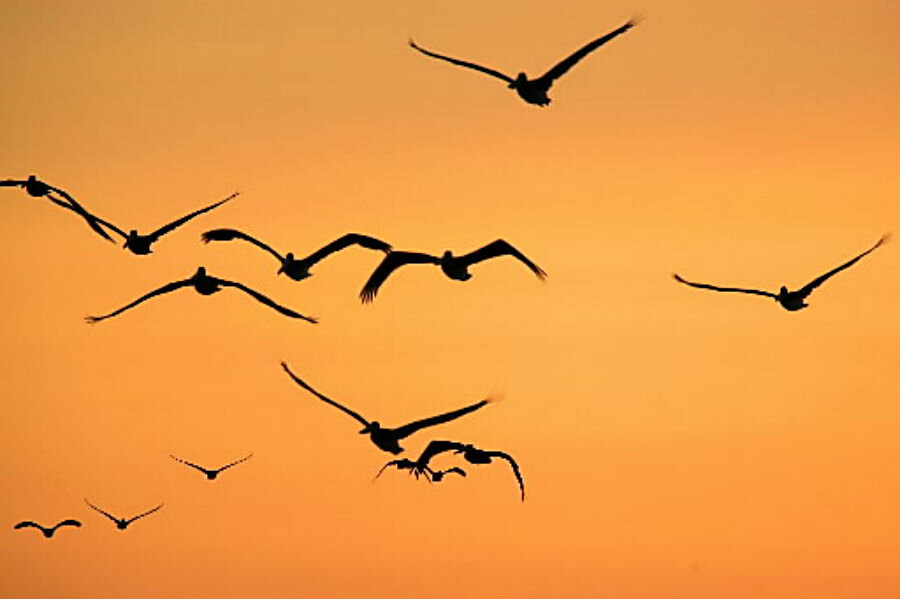Scientists urge cooperation to save North America's migratory birds
Loading...
North American migratory birds are on the decline, according to a new study, but scientists are trying to reverse the prognosis.
"These birds link us, they unite us, and we have a joint and shared reasonability towards them and toward the environments they are intimately tied in with, so it requires an [international] collaboration," said Christian Artuso, a biologist at Bird Studies Canada and the director of the Manitoba Breeding Bird Atlas, to CBC news. "This will come back to bite us if we don't deal with it while we still have a chance."
About a third of North America's 350 migratory bird species are facing extinction at an unnaturally fast pace. Since 1970, already a billion birds have disappeared from the continent. As people settle upon and destroy native grasslands that birds such as the Sprague's pipit use to procreate every summer, it becomes clear the birds' well-being relies heavily on the health of their ecosystems. "The battle to protect migratory birds is ongoing. Whatever we do in Canada will be ineffective unless that is equalled in the wintering grounds, and vice versa," said Mr. Artuso.
The threat to bird populations has brought together an international coalition of leaders to try and save them from extinction. "Canada, the United States, and Mexico share an amazing wealth of birds. And not one of them carries a passport. They know what they need, and where to find it," said Catherine McKenna, Canadian federal Environment and Climate Change Minister, in a statement. "Partnerships like this allow us to 'spread our wings' beyond our own nests."
This week policymakers, scientists, and nonprofit leaders met in the Canadian capital of Ottawa for the Trilateral Committee for Wildlife Ecosystem Conservation and Management to discuss the results of the study and how to increase conservation efforts around the continent. The committee's meeting also took place on the 100th anniversary of the Convention for the Protection of Migratory Birds, which brought together scientists and politicians from Mexico, Canada, and the United States just a few days after International Migratory Bird Day.
The first trilateral meeting of these three countries occurred in 1916 during World War I. Back then, the US and Canada signed the Canada-United States Migratory Birds Convention; 20 years later in 1936 Mexico added its signature, too.
Birds whose habitats include ocean environments, as well as tropical and subtropical forests are in the greatest crisis, while birds along the coasts, arid lands, and grasslands are in "steep decline," according to the report.
The authors recommend various ways to take action to protect the environments of at-risk birds. For seabirds, for example, the report suggests expanding marine-protected areas, creating multinational accords on plastics pollution, managing fisheries to ensure sustainability of fish populations upon which the birds feed, and making sure the birds do not get caught in fishing lines or nets. For grasslands, contracts are needed throughout the continents to keep development at bay, while the preservation of tropical forests relies on programs such as the Mesoamerican Biological Corridor program in Mexico to support sustainable timber harvesting, ecotourism development, and sustainable agroforestry for coffee and cacao crops.
"The thing about migratory birds is they connect us. What we do up here in Canada affects what goes on down in the southern US and Mexico and even further beyond, throughout the whole hemisphere," said Artuso. "All the more reason why we take a big picture perspective and look at where there are opportunities to make gains."







